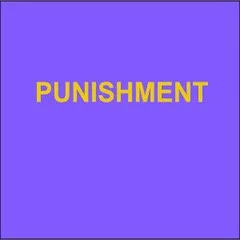By Susan McNeeley
Prior research shows employment is an important component of desistance, but there is mixed evidence regarding the effectiveness of prison-based education programs. Therefore, this study examines whether participation in vocational education programs while incarcerated improves recidivism and post-release employment outcomes. Observable selection bias was reduced by using propensity score matching to create similar treatment and comparison groups. Before matching, it appeared that people who completed vocational programs fared better on several measures of recidivism and post-release employment. However, after matching, there were no differences in any outcome between those who obtained vocational certificates and the matched comparison group. In addition, the study controls for the timing of release to examine whether recidivism and employment outcomes varied during the COVID-19 pandemic. The results showed lower rates of rearrest, supervised release revocation, and post-release employment during the COVID-19 pandemic. It is important for future research to control for release from prison during the COVID19 pandemic, as failure to do so may introduce a significant historical threat to validity. It is possible that rather than directly affecting recidivism or employment, vocational education programs may have helped motivated individuals who were already likely to succeed meet their career goals. The results demonstrate the importance of accounting for selection bias in evaluations of education and employment programs. It is recommended that career-focused educational programs incorporate the risk-needs-responsivity model and the continuum of care principle, build relationships with community employers, and assist with practical barriers to employment.
St. Paul: Minnesota Department of Corrections, 2023. 24p.



